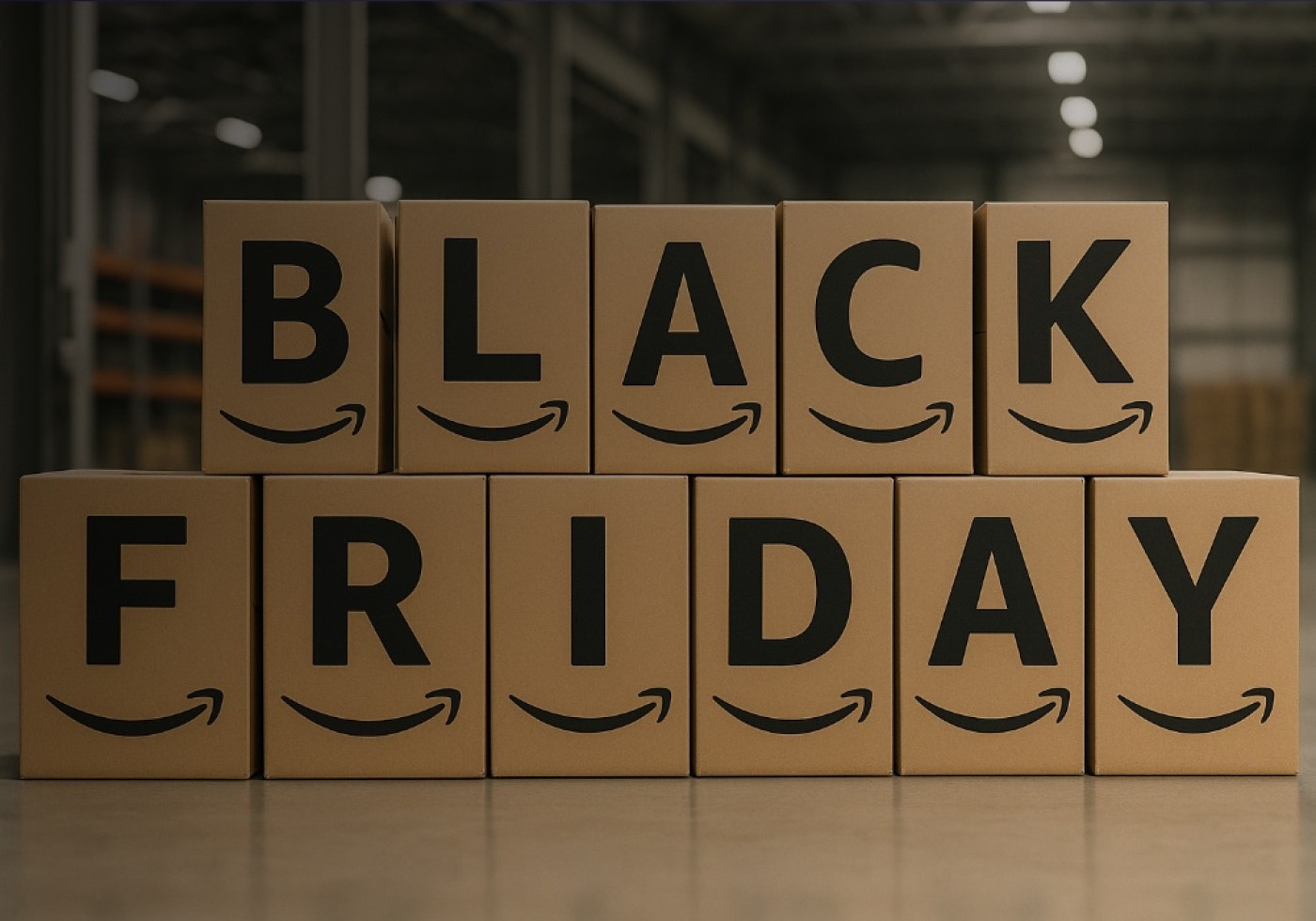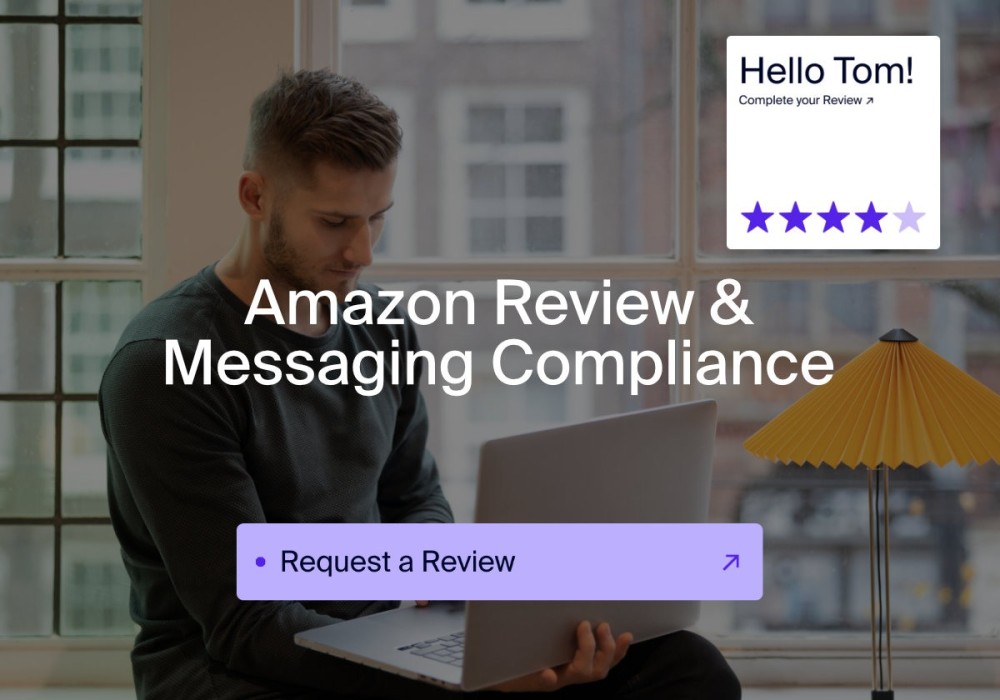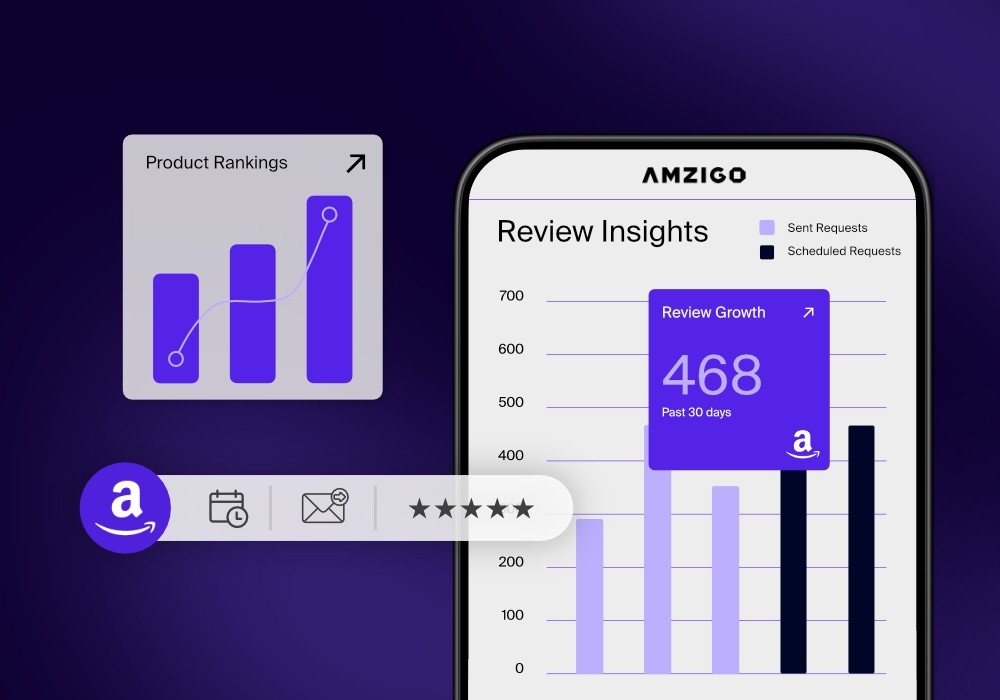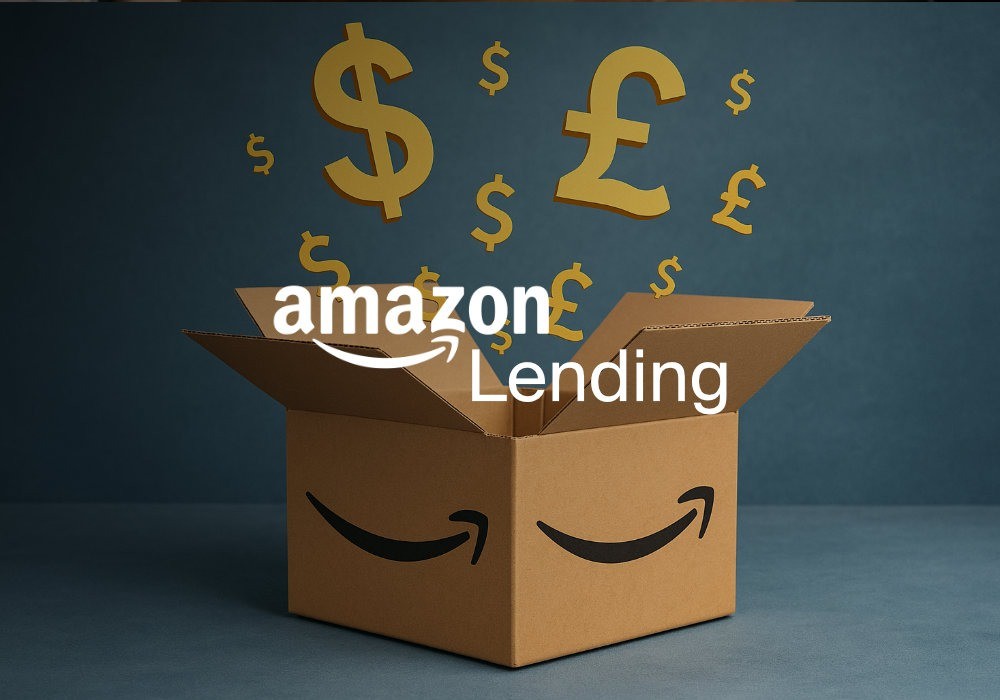Black Friday is no longer a single day. On Amazon, it now stretches across the entire week — with early deals launching days before and momentum carrying through Cyber Monday. For sellers, this period represents one of the highest-traffic windows of the year.
But opportunity also brings competition. Every seller is fighting for clicks, impressions, and conversion. To win, you need a plan that combines product readiness, promotional strategy, advertising timing, and audience communication. Below, we’ll cover a complete checklist and best practices so you can maximise every sale opportunity during this season.
Step 1: Get Your Listings Ready To Convert
Your listings are your storefront. Before you touch pricing or ads, ensure every product page is built to convert high-intent shoppers.
Best Practices
- Title: Include key selling terms, benefits, and Black Friday context (e.g. “Gift Set”, “Limited Edition”, “Holiday Deal”).
- Images: Use all 7+ image slots. Add lifestyle and comparison shots, plus one image showing the product as a gift idea or bundle.
- A+ Content: Update modules with festive visuals or banners that highlight offers, shipping times, or premium packaging.
- Mobile First: Test on mobile; your first three images and top bullets should sell the product clearly on a phone screen.
- Listing Health: Check for missing information or suppressed listings early. Amzigo’s Product Analysis tool helps identify under-optimised listings or missing elements.
Quick Actions
- Refresh imagery and bullets now — not the week before.
- Run a “Buy Box check” on each SKU.
- Review and fix pricing or delivery errors early.
Step 2: Manage Inventory Like A Pro
Nothing hurts momentum like running out of stock mid-promotion. Amazon’s algorithm penalises listings that go unavailable during peak weeks.
Best Practices
- Forecast properly: Review sales velocity from last Q4 and your last 60-day average.
- Build safety stock: Plan for at least 30–45 days cover beyond your typical sell-through rate.
- Inbound early: Factor in longer fulfilment centre check-in times in November.
- Monitor with alerts: Use tools like Amzigo’s Inventory Alerts to track stock health in real time.
Quick Actions
- Ship replenishment by early November.
- Prioritise best-selling SKUs for inventory investment.
- Create FBM backup listings if you can fulfil yourself in emergencies.
Step 3: Create Smart Black Friday Discounts
Shoppers expect deals, but random discounts can hurt margins. The key is structured, strategic offers that make sense financially.
Best Practices
- Use Amazon Lightning Deals or 7-Day Deals where eligible — they bring heavy visibility on deal pages.
- Offer tiered discounts (e.g. 10% off single item, 20% off two or more).
- Consider bundles or limited-time variations to increase average order value.
- Run time-bound promotions (e.g. “Ends Cyber Monday”) to create urgency.
Quick Actions
- Finalise all deals by Amazon’s deadline for Black Friday submissions (typically early November).
- Check pricing history — Amazon can suppress deals that appear inflated before discounts.
- Review coupon visibility; clipped coupons can outperform small percentage discounts.
Step 4: Advertise With Precision
Competition for ad space skyrockets during Black Friday week. You don’t win by spending more; you win by targeting smarter.
Best Practices
- Start early: Ramp up ads 7–10 days before the event. Early visibility improves algorithmic ranking.
- Prioritise Sponsored Products: Target exact and phrase matches for high-intent terms (e.g. “wireless earbuds gift”, “gym bottle black friday”).
- Use budget caps strategically: Double daily budget during peak days but tighten bids post-event.
- Segment campaigns: Separate branded, generic, and competitor keywords to protect ROAS.
- Test creatives: For Sponsored Brands or video ads, focus on gift appeal, lifestyle use, and short benefit headlines.
Quick Actions
- Increase budgets gradually before the 25th.
- Monitor placement reports daily during the event.
- Pause under-performing keywords quickly.
Step 5: Activate Email & Website Customer Lists
If you have an email list from your website or past sales, now’s the time to use it. These audiences convert better because they already trust you.
Best Practices
- Segment your list: Send early access offers to loyal customers before the public event.
- Personalise content: Reference previously purchased categories or related items.
- Timing: Send one teaser (3–5 days before), one launch email (morning of), and one reminder (final 24 hours).
- Design: Simple, mobile-friendly emails with a clear CTA — “Shop The Amazon Deal.”
- Compliance: Avoid linking to external checkout; direct users to your Amazon listing to maintain ranking benefit.
Quick Actions
- Sync your site’s customer list (Shopify, Wix, WooCommerce etc.) and clean inactive addresses.
- Add a dedicated “Black Friday Deals” banner on your site homepage.
- Track click-throughs to Amazon for retargeting audiences later.
Step 6: Use Social Media To Drive Awareness
Social traffic can still influence your Amazon ranking by generating branded searches and external conversions.
Best Practices
- Focus on short-form video: Show product use, unboxing, or a “before/after” benefit.
- Hashtags & timing: Use #BlackFridayDeals, #CyberMonday, and product-specific hashtags. Post more frequently from Wednesday to Monday.
- Link strategy: Use URL shorteners or Amazon Attribution links to track performance.
- UGC (User-Generated Content): Reshare customers’ product photos or reviews to add credibility.
- Paid boosts: Run small daily Meta or TikTok ad budgets driving traffic to Amazon’s listing (within ad policy).
Quick Actions
- Schedule posts in advance — don’t rely on manual uploads.
- Use countdown stories and polls to build excitement.
- Update your Amazon Storefront banner to match your Black Friday creative.
Step 7: Leverage Reviews To Strengthen Buyer Confidence
Peak season shoppers buy fast — but they still read reviews. Make sure yours tell the right story.
Best Practices
- Request reviews automatically for every eligible order using Amzigo’s Automated Review Centre — fully compliant and consistent.
- Respond to negative feedback professionally to show active brand support.
- Highlight top reviews in A+ content or graphics for credibility.
Quick Actions
- Enable automation now so every Black Friday sale triggers a compliant review request.
- Track review growth during and after Q4; it will carry momentum into January.
Step 8: After The Rush – Turn Buyers Into Repeat Customers
The real value of Black Friday isn’t just revenue; it’s new customer acquisition.
Once the event ends:
- Use Amazon’s “Brand Follow” feature to build your audience for future announcements.
- Send follow-up emails thanking customers and suggesting accessories or complementary items.
- Keep social media active with post-sale tips or restock announcements.
- Review ad performance, refund rates, and stock data to refine for next year.
Key Takeaway
Black Friday is the single biggest sales accelerator for most Amazon sellers — but success depends on preparation, not just discounts. Focus on conversion-ready listings, healthy stock, intelligent promotions, precise advertising, and customer re-engagement. Execute each of these steps early, and you’ll not only win Black Friday — you’ll set yourself up for a record-breaking Q4.



